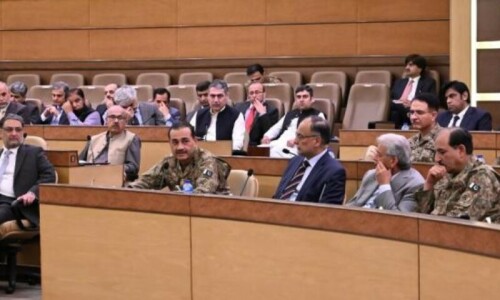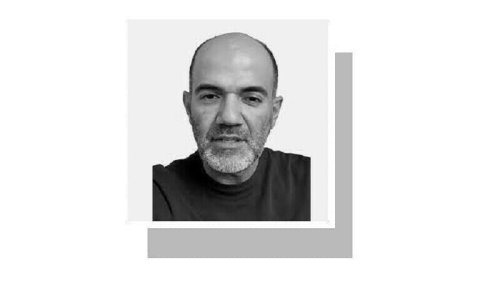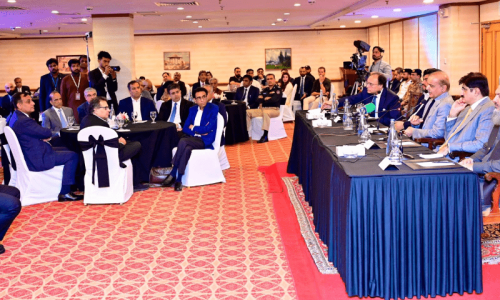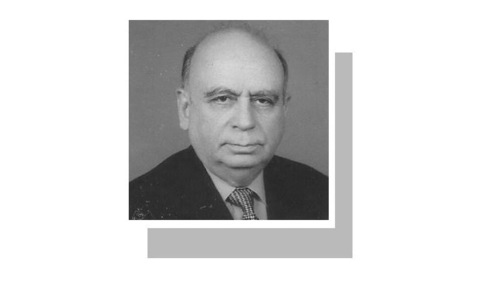
The Buddha rests quietly in a corner of the National Museum of Afghanistan.
While a group of Afghan restorers — with more than four decades of experience between them — work to restore similar artefacts, the Buddha, dating back to at least the second century BC, sits cross-legged, arms folded, awaiting its public debut in the city.
The statue, set to be unveiled to the public in the coming weeks, is a testament to the rich history of a nation that has seen various empires and conquerors pass through its land.
“There are artefacts in every corner of this country,” said Fahim Rahimi, the director of the National Museum of Afghanistan. However, even the layers of sand, silt and time have not been able to keep these artefacts safe from the forces of conflict and capitalism.
Between 1990 (the start of the civil war) and 2001 (the initiation of the US-led invasion of the country), more than 70 per cent of the nation’s historical and cultural artefacts were either looted, destroyed or smuggled into other countries, said Nadir Shah Katawazi, head of public affairs at the National Museum.
The Buddha itself, discovered near the nation’s largest copper mine, is an embodiment of the duelling threats facing the physical remnants of Afghanistan’s cultural history. The statue, sitting in a reconstructed stupa, was found in 2012 in the Mes Aynak area of the eastern province of Logar. Mes Aynak, meaning literally “the little copper source,” is home to a 2,000-year-old Buddhist city filled with ancient statues, manuscripts, frescoes, shrines and stupas. It is also at the centre of a $3billion Chinese mining contract signed in 2007.
The Buddha itself was first spotted in the same year the China Metallurgical Group and the Jiangxi Copper Company Limited, two state-owned Chinese mining companies, were supposed to begin construction of their copper mine. Luckily for the Buddha, and hundreds of other similar vestiges, disagreements between Kabul and Beijing on the terms of the agreement delayed copper production. This allowed archaeologists more time to study and excavate the site. The museum has even dedicated an entire room to dozens of discoveries from Men Aynak, with many more currently being prepared for exhibition by Afghan restorers.
But the dangers to the physical remnants of Afghanistan’s varied history are not just limited to foreign investment and private ventures. Katawazi, the public affairs director at the National Museum, said that from 2002 to 2017, more than 25,000 looted artefacts have been returned to the museum. Of those, at least 15,000 were found in foreign countries, including Pakistan, Iran, the UK and the United States.
In a nation rich with history, the sale and smuggling of artefacts has made many people very wealthy. “There’s a systematic group of smugglers who have profited enormously by taking advantage of local people who are either not informed about the value of these items or are driven by poverty to sell them,” said Rahimi, the museum director.
In 2009, the British government returned more than 3.4 tonnes of stolen Afghan antiquities that were confiscated at Heathrow over a six-year span. In 2012, two Afghan smugglers were arrested in Peshawar after they were caught trying to smuggle 16 ancient artefacts, several of which originated from Afghanistan. Even stores in major cities have been known to deal in illegally obtained historical goods.
Two former government officials recall an incident two years ago when, at a store located in a market in a provincial capital where trafficked items are found, they were offered for $800 a palm-sized Buddha-head discovered in the northern province of Parwan. (Archaeologists say it is often the heads of the Buddhas that are the first to go missing.)
Though they turned down the offer, others are not so discerning. According to one official involved in cultural preservation, many wealthy businessmen and powerful commanders have been known to buy the artefacts and display them in their own homes. Others will simply smuggle them into foreign countries, where they can fetch tens of thousands of dollars.
But there is still hope for the preservation of the nation’s history: the youth. Just before Rahimi, the museum director, detailed the difficulties conflict and capitalism present to culture preservation in Afghanistan, a 20-something worker at the museum approached him with a development that put a smile on Rahimi’s face.
“I just talked to my family in Badakhshan and they said they found a gun that’s at least a hundred years old and a clay pot that they can’t date,” he said. “They want to offer it to the museum.”
Rahimi, clearly elated by the act of devotion, told the young man to deliver a message to his family: “Tell them thank you for thinking of the country, you should be proud that they want to preserve our history.”
Published in Dawn, April 9th, 2017












































